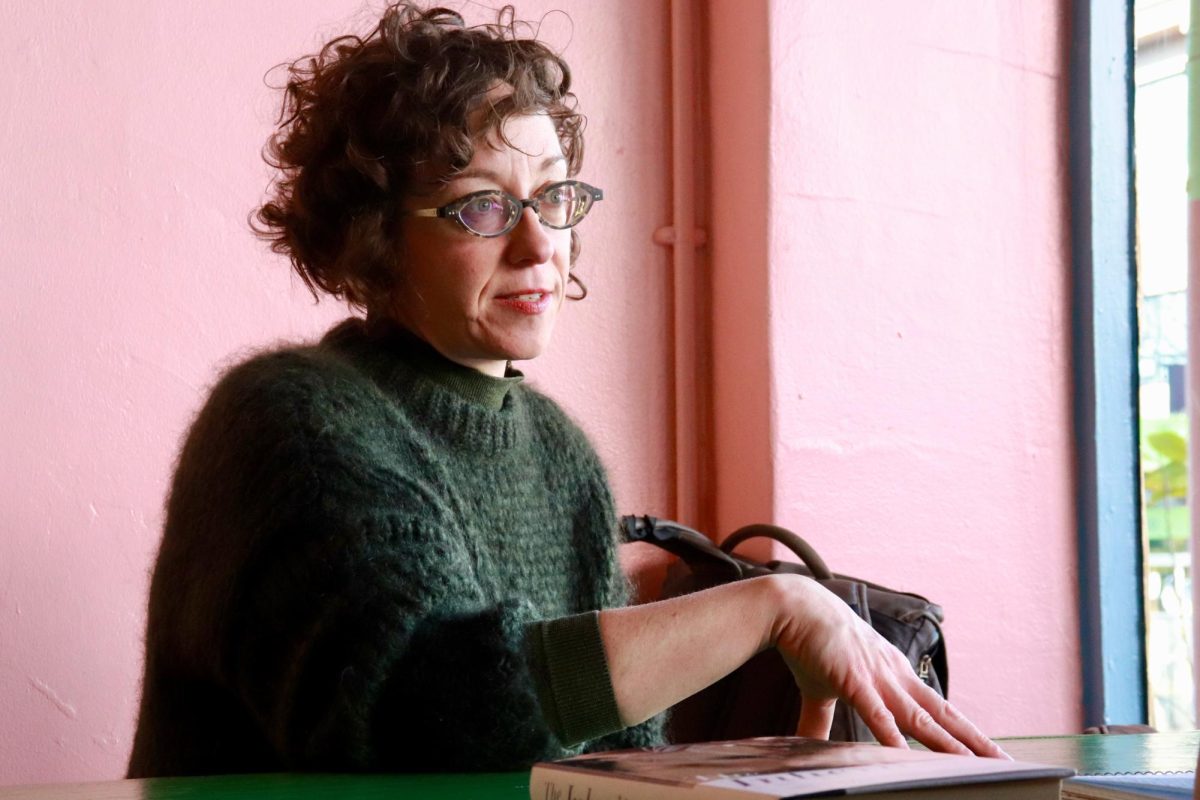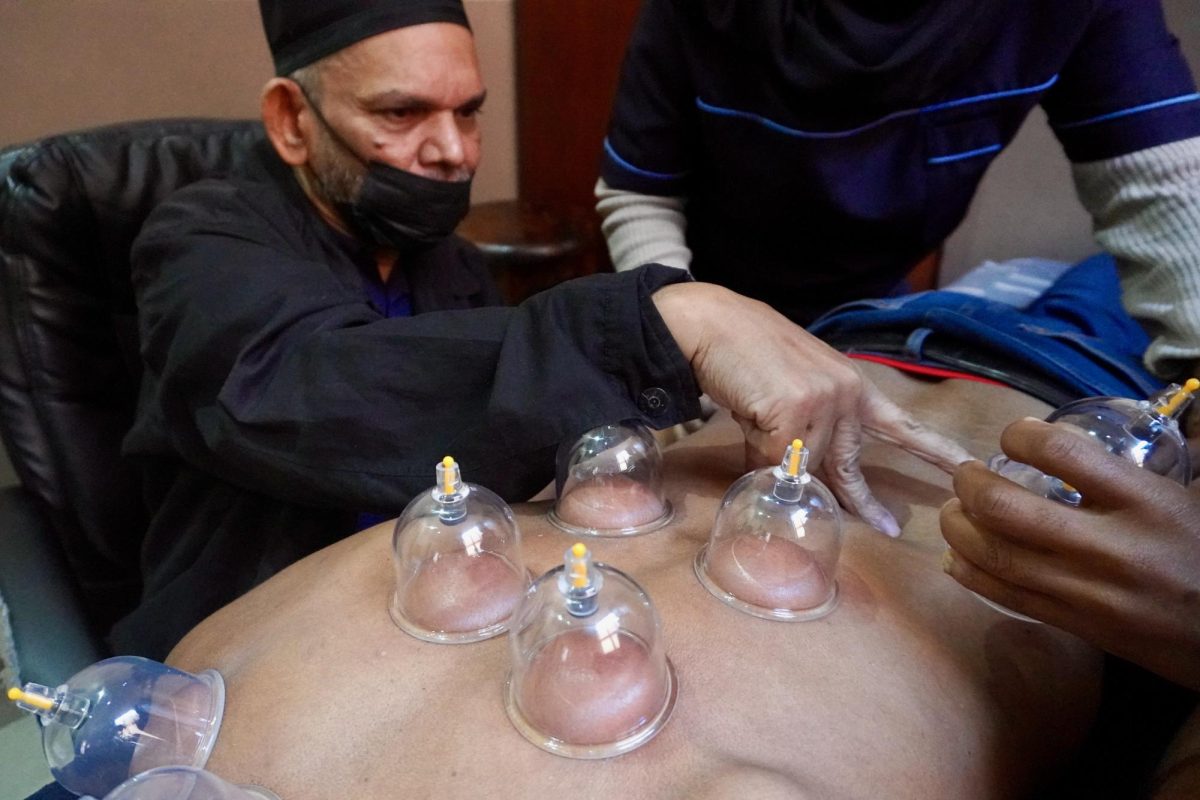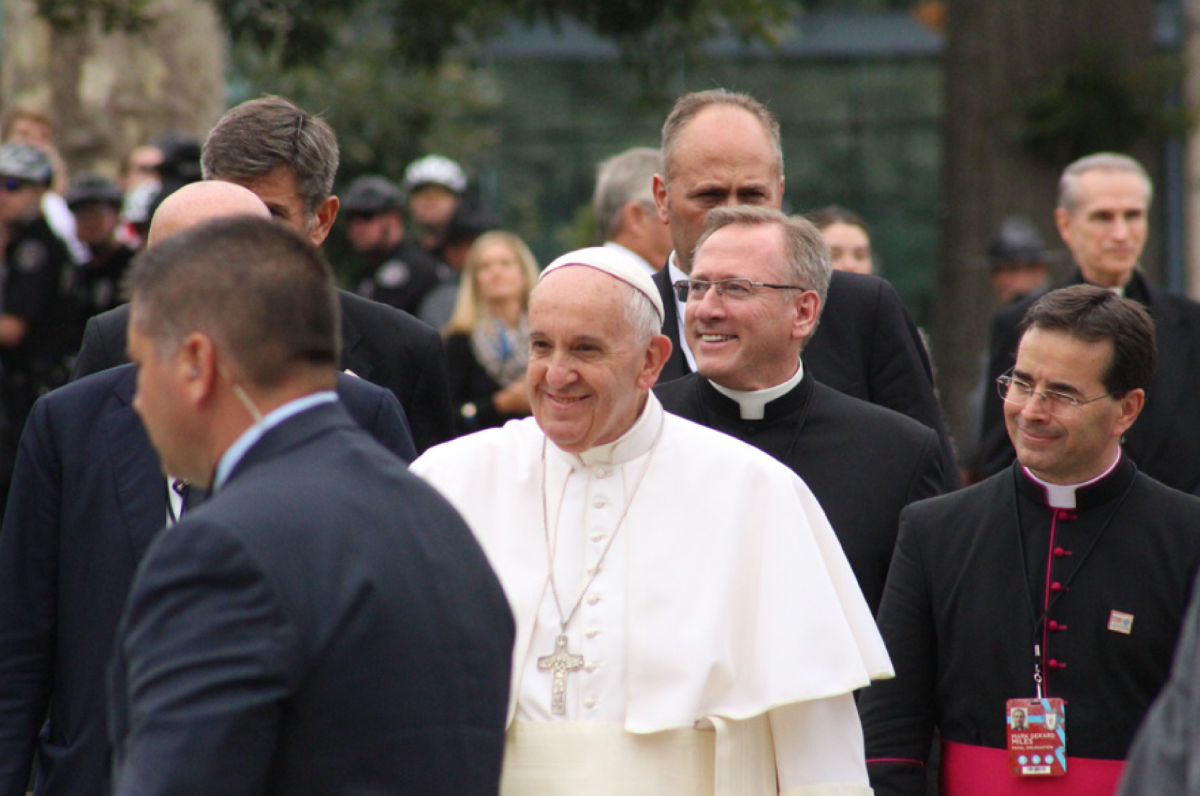Considering the recent budget shortfall and financial problems facing Saint Joseph’s Uni- versity, the Board of Trustees and senior administration members have decided to increase the enrollment for the incoming Class of 2018.
The current freshman class is comprised of 1,275 students. Next year the university aims to enroll 1,500 — an extra 225 undergraduate day students. The ever-increasing cost of col- lege education and the zero net revenue of the university precipitated this decision.
“We thought that [projected enrollment] was a reasonable plan for next year’s freshman class given other alternatives, and other alternatives could have been cutting of student services, reducing staff, [and] layoffs,” said John Smithson, senior vice president.
Last year, the university had a goal of enrolling 1,300 freshmen for the Class of 2017, but fell short and were only able to enroll 1,275. When asked if he is worried that the enrollment numbers will fall short again, Provost Brice Wachterhauser said that he is not worried.
“We will be able to present a balanced budget next year even without 1,500 students,” said Wachterhauser.
Additionally, according to Smithson, the university has a $2 million contingency in place in the case the 1,500 enrollment goal is not met.
To avoid extraneous tuition increases for students and prevent further cuts and layoffs, an increase in next year’s enrollment has been deemed necessary. An additional matter of concern is the university’s endowment, which, according to C. Kevin Gillespie, ’72, S.J., is currently $1.5 million and not enough for the size of St. Joe’s.
“Because endowment is low, we are more dependent on tuition, and in order to keep tuition low we have to accept more students,” said Gillespie.
One concern that has been stressed by numerous fac- ulty as well as students is how this increased enrollment will affect St. Joe’s admittance rate.
According to Nicholas Paolizzi, ’14, student body president, to increase the incoming freshman class by 225 students, St. Joe’s admittance rate would have to rise to anywhere between 88 percent and 92 percent.
“People were concerned that raising the admissions rate… would seem like an open admission,” said Paolizzi.
Dennis McNally, S.J., Ph.D, chair of fine arts, com- mented, “If we reach the enrollment rate, it will basically be open enrollment.”
McNally went on to add that registering more students would take away from the standing of St. Joe’s as a small, liberal arts college.
“We’re more built as a smaller school,” said McNally, “Interpersonal relationships between faculty and students is really one of our most valued treasures as a school. It’s one of the reasons people send their kids here.”
Patrick Saparito, Ph.D., associate professor of management and international business, director of family business and entrepreneurship program, shares the same concern. He expressed that he understands the university is in need of revenue, but is fearful of the way the university is trying to attain it.
“If you’re bringing in a larger class by dropping the admissions standards, that’s one thing. If you’re bringing in a larger class because you have a greater number of applications, that’s a different thing,” said Saparito.
Saparito also voiced concern over the loss of high-quality students as they will be accepted to more selective institutions.
“If you have an unselective school….then high-quality students that are coming in, would they still want to come here?” questioned Saparito.
Concern has also been expressed over the quality of education being lessened as well as the capability of the university to accommodate a larger class.
“The dean has already indicated that 1,500 freshmen would require 60 extra sections,” said McNally. “In our department, we don’t have enough equipment for that many students.”
Rajneesh Sharma, Ph.D., chair of the department of finance, also expressed alarm.
“I don’t want anything that’s going to hurt the quality of the education provided,” said Sharma.
He also conveyed concern over how an increase in students would affect class sizes.
“I don’t want to go to a school where we have 300 students in a class,” Sharma said.
When these concerns were conveyed to Wachterhauser, he assured that the academic profile of the extra students accepted would be very similar to those already at St. Joe’s.
“A high acceptance rate is not a predictor of lower academic quality,” commented Sharma.
Gillespie communicated that by increasing enrollment, students that would not have normally been accepted to St. Joe’s would now be admitted, but this has raised great uneasiness among faculty and students alike.
“The issue to me is, would we be able to keep the same student quality?” said Sharma.
Paolizzi also expressed worry, stating that he is afraid the university is not capable of accommodating these students in terms of resources and support.
“If we are bringing in these 225 more students that would not have normally been accepted here, they are going to have more needs,” Paolizzi said. “They may need remedial classes that we do not offer.”
Many faculty members are worried that they do not have the ability to provide for extra students, as they are already short on supplies and staff, but Wachterhauser replied that the solution is within reach.
“The question will have to be answered, are there ways which we can provide that excellent education that does not cost as much?…It will require creativity and commitment,” said Wachterhauser.
For some students, however, the decision to increase enrollment comes with optimism.
“I think [St. Joe’s] does a really good job at making each student not just feel like a number,” said Alex Ragozzino, ’16, “[and] as long as the university can still step up to those standards…more people here would just make a more diverse community.”
A larger freshman class will affect university housing as well. According to Kelly Bersett, associate director of housing and admissions, the campus houses, which currently house upperclassmen and transfer students, will next year become freshmen living communities.
“The campus houses are kind of our flexible spaces,” said Bersett, “[and] it will probably just be a few campus houses that are converted for the freshmen.”
There is also a possibility of an increase in triples in freshman dorm buildings such as Sourin and Lafarge. “If there would be a situation where the incoming class is huge…there are some rooms in Sourin…they are large enough…we can put a third bed in there,” said Bersett.
One of the biggest concerns among the St. Joe’s community with respect to the administration’s decision of increasing enrollment, however, is how it will affect the university’s academic reputation. Many expressed feeling that the university was putting its need for finances and increase in revenue ahead of academic standards.
“Is driving revenue to the institution more important than our reputation and our ratings?” said Paolizzi.
There is a fear that St. Joe’s will not be able to bring back its current status if it is lost by increasing acceptance rates.
“Reputation loss is very hard to regain,” said Sharma.
When asked if he had alternative suggestions instead of increased enrollment, Paolizzi responded, “There have to be other knobs to turn.”
“I understand we’re in difficult financial times with the university, and that’s something to be concerned about,” said Paolizzi, “and I understand that if we didn’t increase the enrollment for next year, we would have to take deeper reductions to our budget, which no one wants to do….but at the end of the day, I think you have to look at it from the perspective of, do we want our reputation to decline?”
A petition created by Paollizi that urges the university to refrain from enrolling 1,500 students in the class of 2018 was put online. Since it has been published, it has circulated throughout much of the St. Joe’s university community. As of Feb. 4, 1,092 students have signed the petition.
Both Wachterhauser and Smithson said they were aware of the petition but that it was unlikely any changes would be made.
“I don’t think we’re going to back away from the goal of 1,500,” said Wachterhauser, “and that’s not to say we won’t look at the petition and give it some thought, [but] at this stage I think it’s highly unlikely [that any action would be taken].”








































